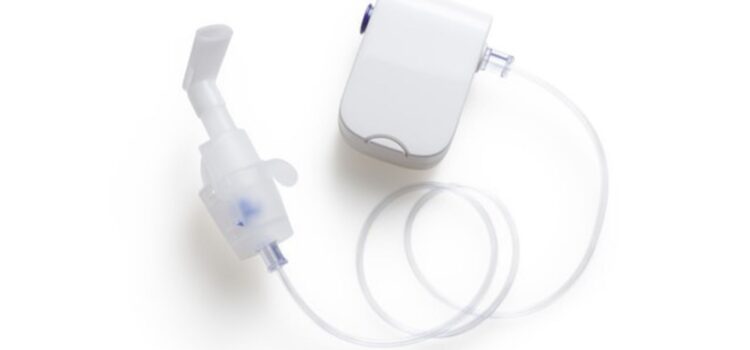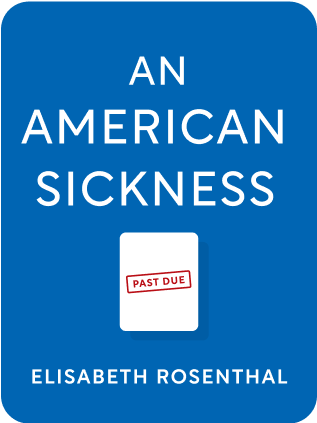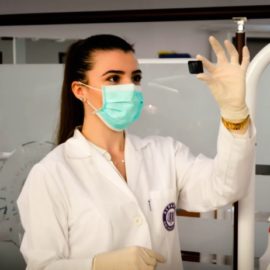

This article is an excerpt from the Shortform book guide to "An American Sickness" by Elisabeth Rosenthal. Shortform has the world's best summaries and analyses of books you should be reading.
Like this article? Sign up for a free trial here .
How does the medical device industry work in the United States? Who are its main players? How much market share do they have?
The United States medical device industry is dominated by a few major players: Medtronic, St. Jude Medical, Boston Scientific, Stryker, and Zimmer Biomet. Like other segments of healthcare, they have consolidated over time.
Here is a brief overview of the United States medical device industry.
The History of Medical Devices
Many device makers began in hardware or consumer electronics. Medtronic started in 1949 as a medical equipment repair shop.
In 1969, surgeon Denton Cooley implanted the first artificial heart in patient for 3 days without FDA approval.
In 1976, the FDA defined three classes of devices that need different levels of approval.
- Class 1: These cause little risk and deserve little scrutiny, like tongue depressors.
- Class 3: These are life-sustaining or potentially life-threatening, thus requiring extensive testing. This includes pacemakers.
- Class 2 is in between, and it’s governed by a program called 510(k)
The scrutiny in class 2 is so much lower that most devices are submitted under this designation, including devices you might consider to be potentially life-threatening such as joint replacements and surgery clips. Class 2 applications outnumber class 3 by 60 times.
Class 2 Regulation
The bar for class 2 is relatively low. You need only claim that your device is “substantially equivalent” to a product already sold and used for the same purpose.
Class 2 requires far less testing than class 3. Only 10% of FDA class 2 applications contain clinical data—many devices aren’t even tested in animals before placing into humans, and most offer no clinical trials at all. Class 2 devices aren’t required to be proven “safe and effective” like drugs are.
As a result, the FDA has little issue approving the devices. FDA cleared 85% of devices under the “substantially equivalent” criterion. The FDA spends 1200 hours reviewing class 3 devices, compared to only 20 hours for 510(k) requests.
Some manufacturers don’t even seek FDA approval for new models, since they don’t consider the new version “substantially different” from older models. However, patients don’t always know the device is experimental and don’t consent to it.
Despite the fact that the devices are “substantially equivalent,” if a specific device is recalled, there is no recall mechanism to recall equivalent devices. Furthermore, complications are hard to detect—generally, reporting of complications is voluntary, unless the FDA mandates it.
Device Marketing
The easy clearance of “substantially equivalent” devices means they’re largely interchangeable and thus don’t have a clear product or performance advantage. As a result, marketing and sales agents need to intervene to push products.
This results in a variety of questionable relationships between the medical device industry and doctors.
- Device companies court doctors during residencies and fellowships. They get their brands partnered with major training programs.
- Device manufacturers target less experienced surgeons, who are less resistant to new technology or less aware of the device’s risk and lack of marginal benefit.
- Manufacturers reward “influencer” doctors with patents, profits, and grants.
Surprisingly, device reps can serve as unpaid assistants in the operating room. Theoretically, they’re on hand only when a device is used. They don’t scrub into surgery, but they point to things that should be used in specific places and help troubleshoot. These device reps make money through commission only.
The natural bias will be to favor devices from companies whose reps are more likeable and helpful. Since they like the rep and know she’s paid on commission, they’ll skew to higher priced items. As a device rep reports, doctors “feel somewhat obligated to use the most expensive device because they obviously called you in for it.” In response, hospitals have demanded device reps be registered and get permission to enter premises, like lobbyists.
Says a device rep, “it’s nearly impossible to break into the market – it’s all about these relationships.”
Device Differentiation and Pricing
Devices are often largely interchangeable, so there is little differentiation between them.
To address this, manufacturers use proprietary screws, tools, and “operating systems” to generate complexity. Because the requirements are often changing, this pushes doctors to ask for more device reps on hand to help figure out how to use the devices.
Manufacturers use pricing pressure to push adoption of the new version of the device. For example, they price the older version at the same price as the new one, so it stops being cost effective.
What can hospitals do to lower device costs? They can limit the range of devices used, so they gain bargaining power over the manufacturer. They can also close down product marketing, requiring proposals to get quotes from manufacturers to compete with each other.

———End of Preview———
Like what you just read? Read the rest of the world's best book summary and analysis of Elisabeth Rosenthal's "An American Sickness" at Shortform .
Here's what you'll find in our full An American Sickness summary :
- How U.S. healthcare got to the state it's in today
- Why it's so difficult to make any changes to the healthcare system
- What you can do to lower your personal healthcare costs






